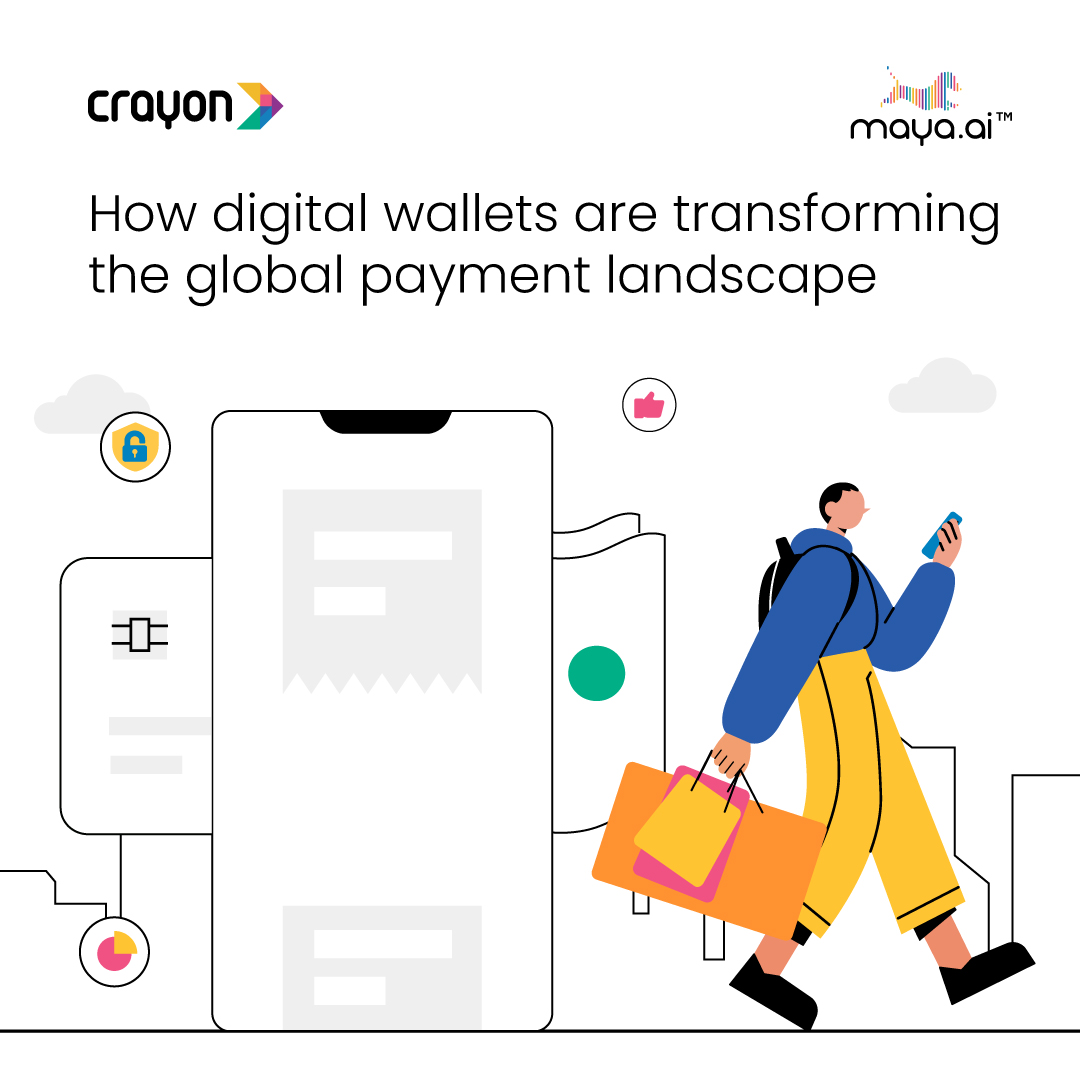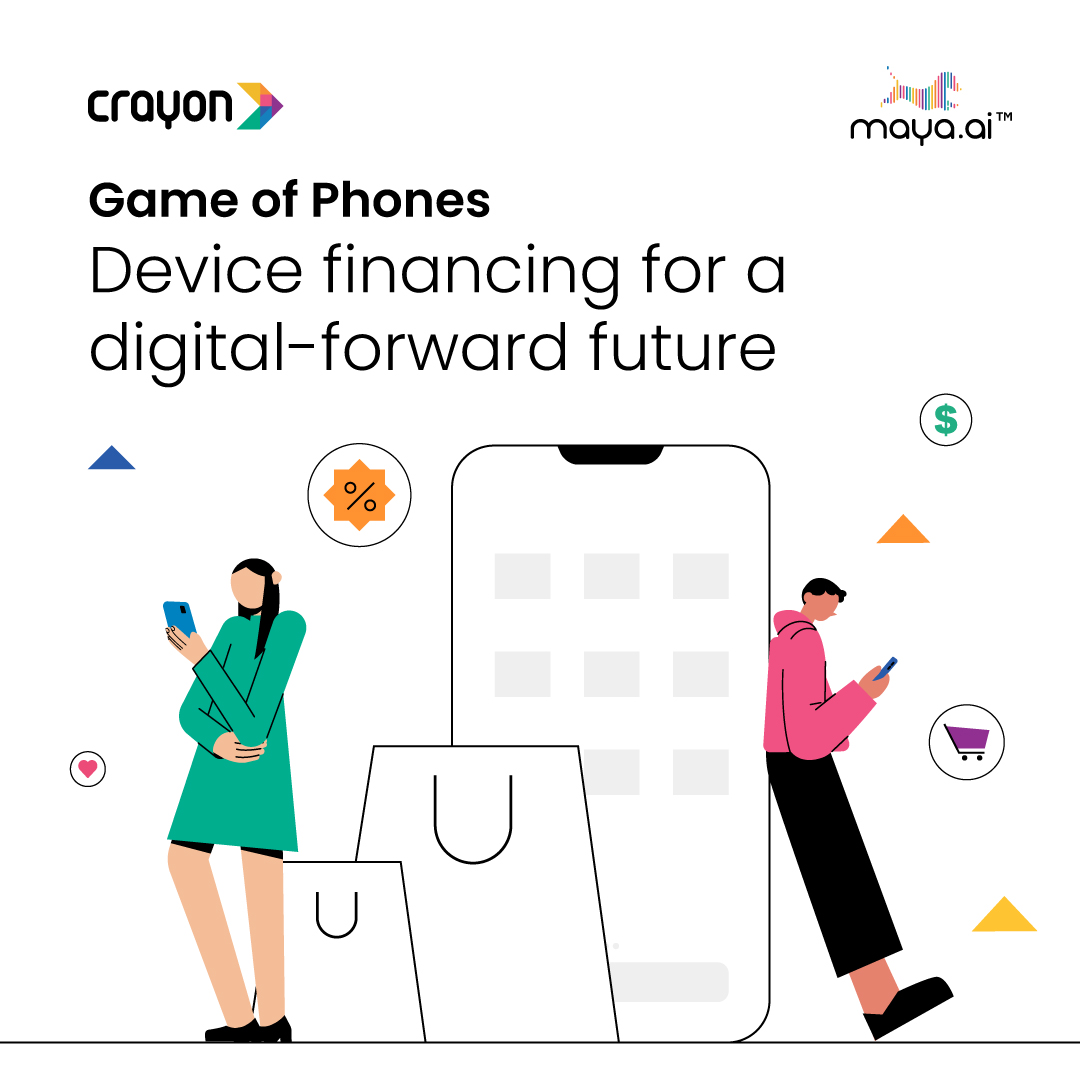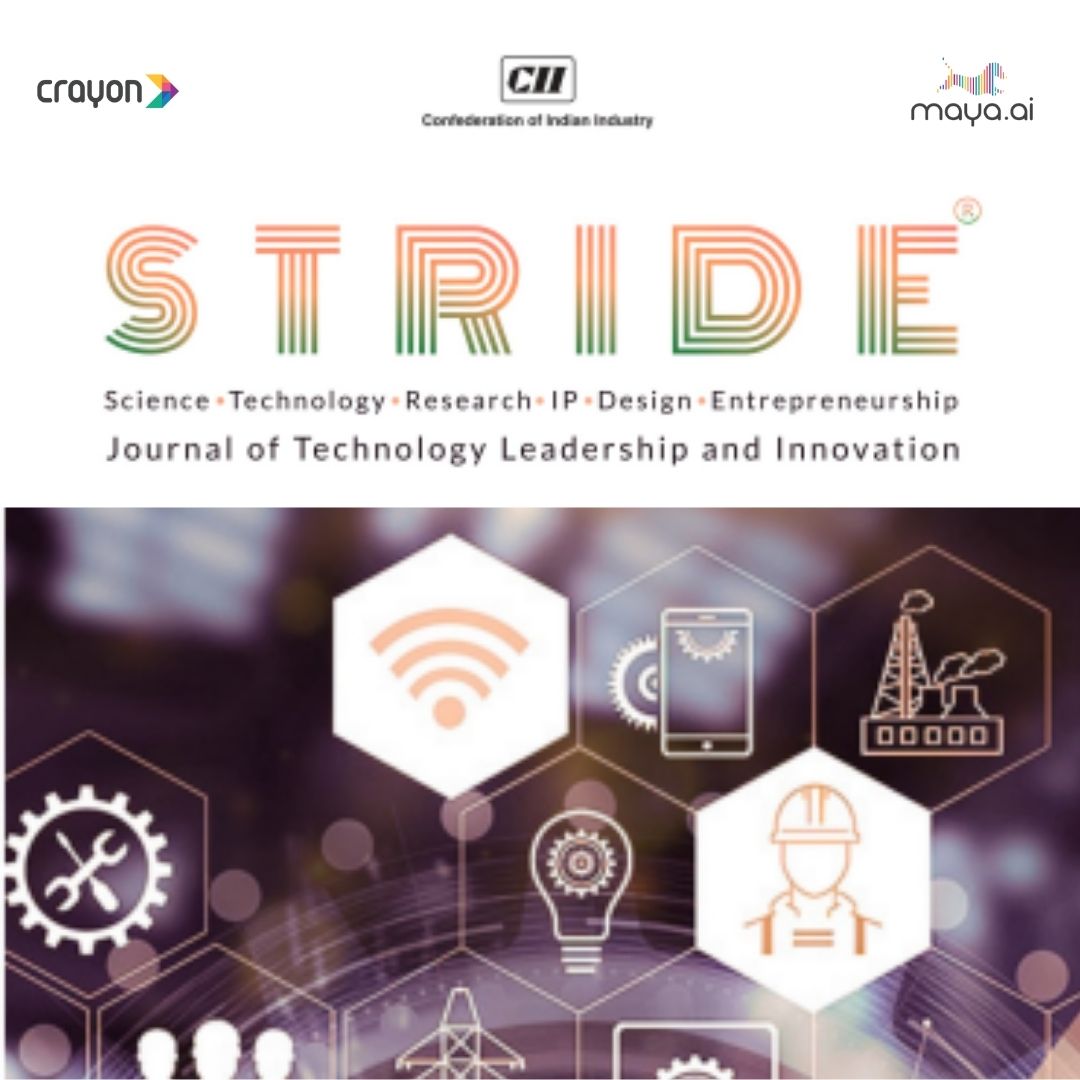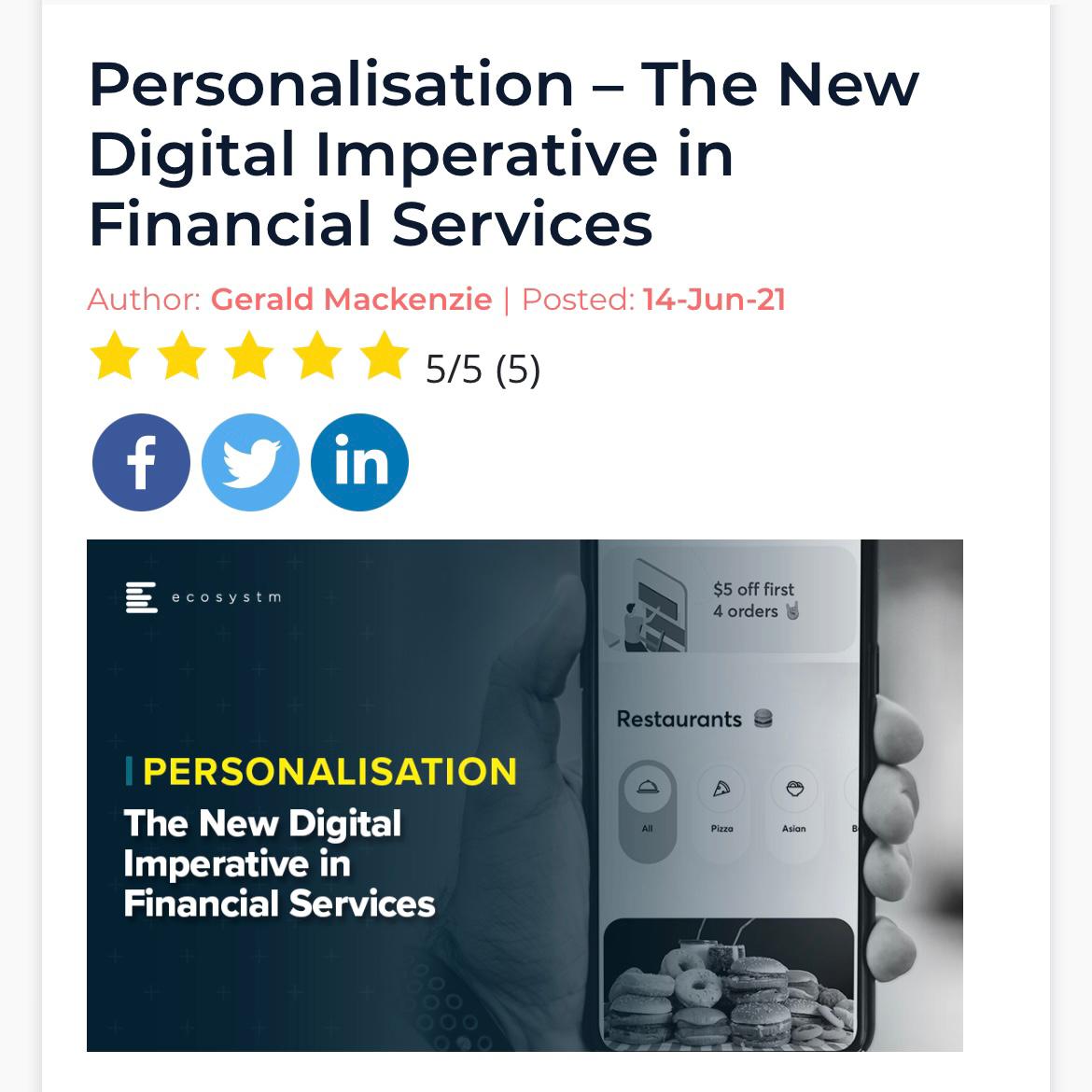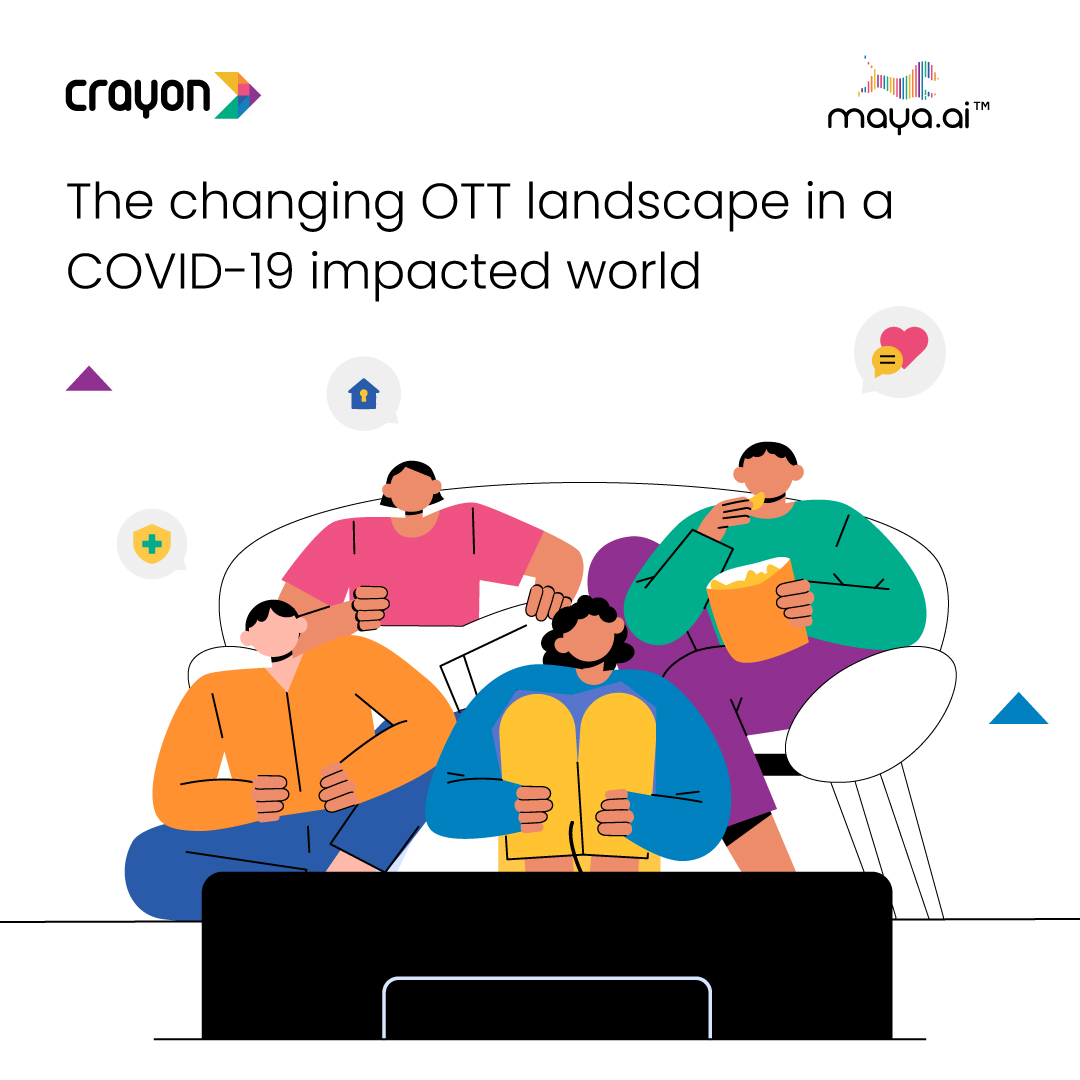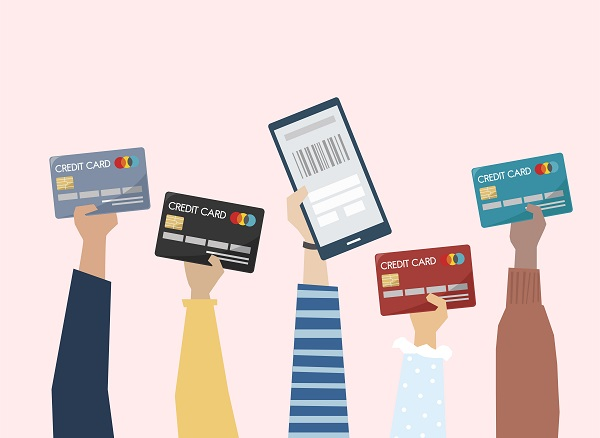
In perspective: Volume 1
It’s the end of June 2019. It’s that time of the month again when you receive that dreaded message informing you about the arrival of your monthly credit card statement.
Ugh. It breaks my heart every time I look at it.
I can’t really complain though! I’ve got to stop splurging on unnecessary things. (But that’s a discussion for another time.)
Back to those credit card statements. It’s said that 95% of transactional documents, including statements, are opened and read. So then, my question is this. Why are these statements so primitive?
Why is it that every time I go through my statement, it tells me absolutely nothing about how I use my card?
Then and now
Back in the day, statements were sent to people by post to let them know where they had transacted. And how much they spent. It was merely a long list of transactional items on a piece of paper. Not much else. This was acceptable in 1995, but it shouldn’t be today!
In an age where customers expect personalized experiences, there needs to be a revamp of traditional processes. And that includes communicating transactional information. Today, with all the new digital wallets and payment technology, people are becoming less dependent on banks. A study conducted by BCG identified digitization as a critical factor in the survival of financial institutions.
What do we really get out of the statements we receive today?
Long multi-page lists of transactions with zero insight into what we are doing with our credit cards.
On the verge of change
Some banks (and a few external organizations) have taken it upon themselves to adopt a more interactive, dashboard-like capability into their statements. But they’re still not there yet. There is significant scope to drive value for the customer through these statements.
Actually, forget the customer for a second. And let’s go back to this statement.
95% of transactional documents, like statements, are opened and read.
Take a second to soak that in. The industry average of any communication sent from a bank is 21%. This is prime real estate that banks are absolutely wasting. They could be doing so much more.
Imagine if your statement could
- tell you about your spending trends by identifying the categories you spend most on
- allow you to compare your expenditure month-on-month
- interact with you by letting you slice and dice YOUR data however you wanted
- predict how much you will be spending next month
- give you tips on ways to save more
- give you offers personalized to your taste
Your credit card statement would become the only PFM you would ever need to track your finances. There’s so much potential.
Banks have all the data they need but just don’t seem to know what to do with it.
If I told you that personalizing your statement could increase customer satisfaction by 300%, would you believe it?







